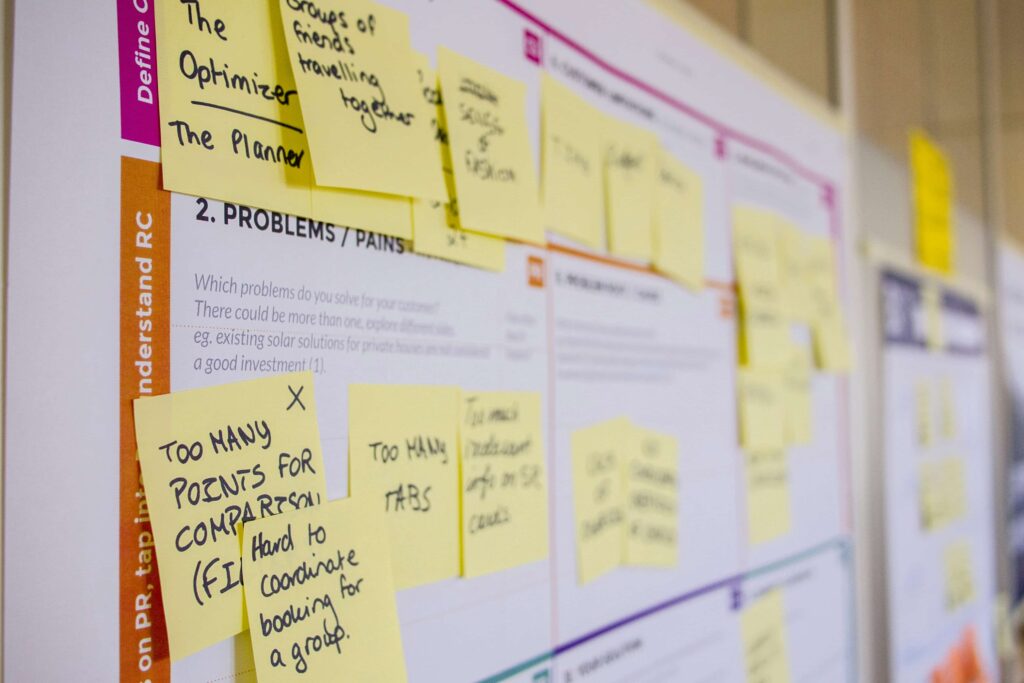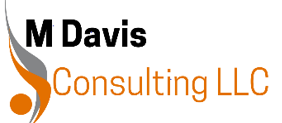Facilitation
Facilitation
Unlock the Power of Effective Communication
Our experienced facilitators guide discussions, workshops, and meetings to ensure that every voice is heard and that outcomes are achieved efficiently.

Key Features
Our facilitators are skilled in managing group dynamics and fostering a productive environment.
We tailor our facilitation techniques to meet the unique needs of your team or organization.
We ensure that your sessions are not only engaging but also result in actionable outcomes.
Our facilitators are adept at navigating conflicts and turning them into opportunities for growth and understanding.
Key Benefits
Align your team around a shared vision and clear, actionable steps.
Streamline operations and improve productivity with well-defined plans.
Make informed decisions with a comprehensive understanding of your strategic and operational goals.
Ensure everyone knows their role and responsibilities, fostering a culture of accountability.
Stay agile and responsive to changes in your environment with flexible and dynamic plans.
Facilitation serves in various aspects:
In meetings, In workshops, In educational settings, In leadership, In remote collaboration
- Is everybody aware of the common goal?
- Are there voices which aren’t being heard?
- Does the conversation need steering back on track?
- Are we leaving this meeting/workshop/conversation with a clear plan of action?
Description:
An approach, mindset and set of skills that a facilitator employs in order to support a group during collaborative work.
Facilitation is an engaging and participatory discussion or group activity.
Recognizes the value of the group’s time and uses it to the desired effect
The process of making something possible or easier
Helping other people deal with a process or reach an agreement or solution without getting directly involved in the process yourself
- Careful planning and preparation — a facilitator will usually create an outline or program which, by design, encourages equal participation from all members of the group and keeps the session focused on a specific goal or outcome.
- Exercises and activities — in the case of planned workshops and meetings, the facilitator will run certain exercises which encourage discussion and ideation. These range from icebreakers and energizers to get the group warmed up, right through to games, roleplay, sketching exercises, and more. Many of the workshop activities that facilitators used are actually design methods, so designers practicing facilitation will be in familiar territory.
- Guiding the conversation — a crucial part of facilitation is guiding discussions in the right direction (i.e. towards the goal or solution) and keeping the group on-topic. This might involve asking thoughtful questions or stepping in to ‘park’ topics which are important but not relevant for the challenge at hand. A facilitator will also take steps to amplify quieter voices and ensure that everybody is heard.
- Decision-making and goal-setting — facilitation is about facilitating progress towards a specific outcome. As such, it involves guiding the group towards a final decision and helping to establish action points beyond the meeting, workshop, or collaboration setting.
- Facilitation skills — facilitation (and all the strategies and techniques it involves) relies on certain skills. In practice, facilitation looks like: asking the right questions at the right time, active listening, suspending your judgment and maintaining impartiality, and striking the balance between adaptability and focus on the end goal.
Features or Benefits
Facilitation methods boost team morale, because everyone feels like they are a part of eh decision-making process
You get to implement a group’s decision rather than just one individual’s decision
You can address conflicts within the group at the planning stage, making execution easier
You can better understand group dynamics and encourage positive working relationships
Positively discourages group power struggles
- Full and even contribution across the group — facilitators are skilled in encouraging everyone to participate, and providing different channels for participation (not always verbal). This makes it possible to harness a diversity of perspectives and ideas, which inevitably leads to better outcomes.
- Creating a safe space to fail — part of the facilitator’s role is to foster psychological safety among the group. This boosts engagement and encourages risk taking, empowering people to share their ideas and be creative. And this is backed by research; a Google study found that psychological safety is key to effective teamwork..
- Commitment and buy-in from the whole group — when you empower everybody to have a say, you foster a sense of responsibility and ownership across the group. If everyone feels involved in the final decision, they will also feel committed to making it happen.
- Structure and direction —facilitation keeps the group on-track and on-topic, ensuring progress towards a specific end goal.
- Activities and techniques designed to produce outcomes — whether it’s running specific exercises or simply asking the right questions, facilitation is designed to unlock creativity and lead the group towards ideas, decisions, outcomes, or next steps.
